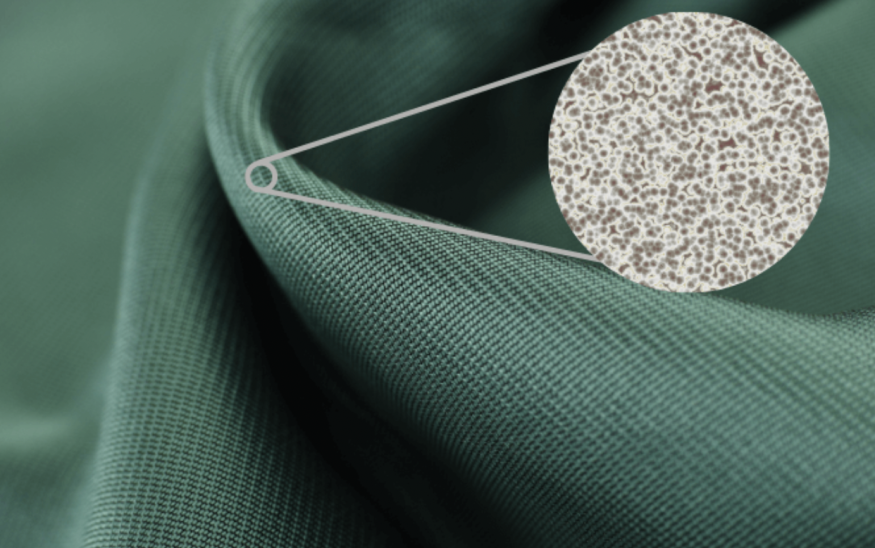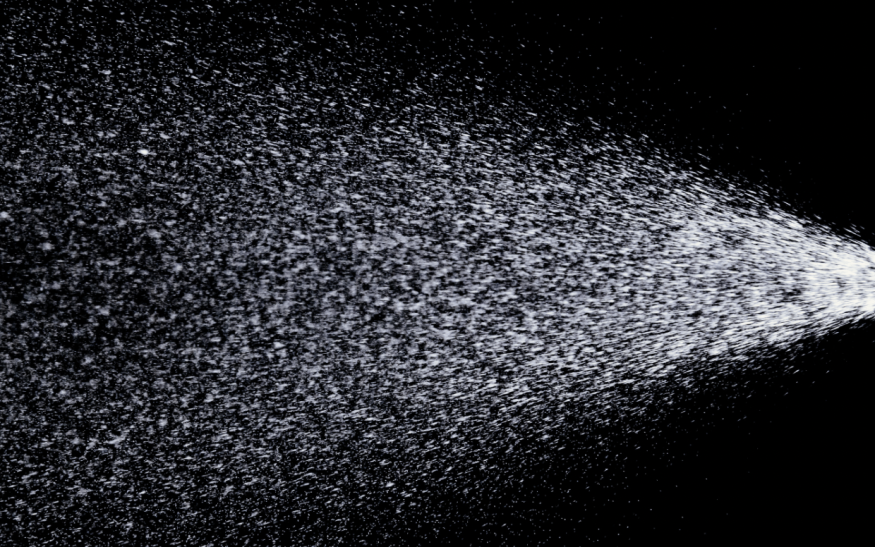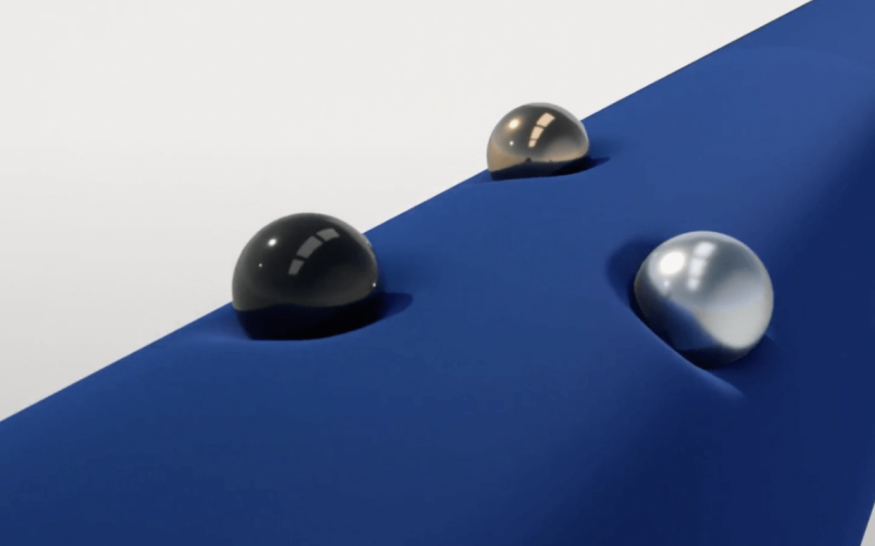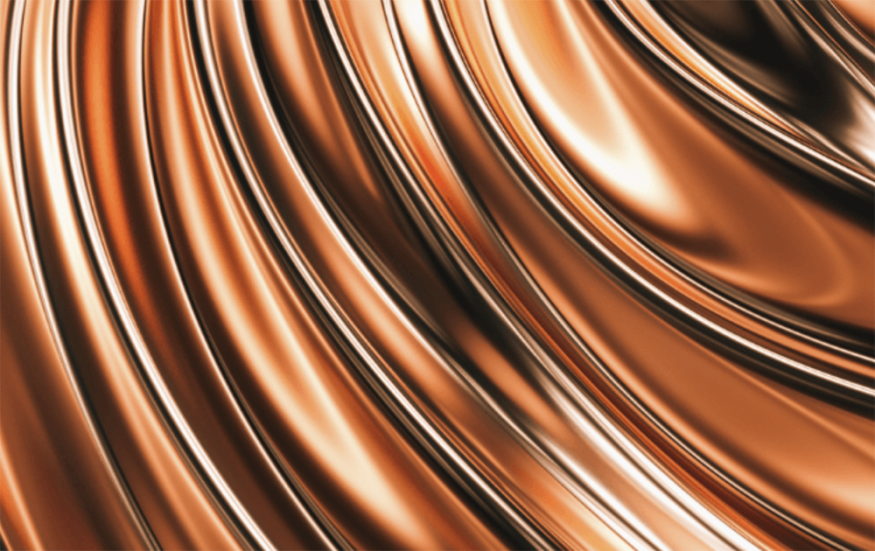
Walk into any clothing store today and you'll see the words "antimicrobial" and "odor-free" plastered on a range of items varying from activewear to bedding to scrubs. These "antimicrobial" products claim to reduce bacteria, cross-contamination, odor, and general uncleanliness but they have varying levels of effectiveness depending on the technology that was used to give them their germ-killing properties. Most of them use an outdated, antiquated technology, that is not very protective, especially in environments like a hospital.
The Problem with Coatings

The vast majority of "antimicrobial" clothing utilizes a coating. This means that the antimicrobial agents are sprayed (or coated) onto a fabric's surface. However, benefits conferred by commonly used method are extremely short-lived.
These coatings are impermanent, sloughing off with every wash and means your garment is becoming less antimicrobial over time. Fabrics that are "coated" or "finished" with antimicrobial properties will eventually see a reduced efficacy over time as these agents rub or wash off of the material. Those particles shed off with every wash, meaning that you are losing all of the antimicrobial properties that you paid for.

By far the more effective choice in the long run is fabric that has been permanently infused with antimicrobial agents. This process permanently bonds to the antimicrobial agents to the fibers of the fabric on a microscopic level. This ensures that it cannot be dislodged or washed off- meaning that the fabric infused with these particles retains its antimicrobial properties no matter how times it has been washed.
Impermanent Coatings and the Environment
When metal particulates wash off a coated piece of fabric, the increased toxicity and concentration of those compounds, especially silver, pose a possible threat to marine wildlife and the environment as a whole.
Concerns have also been raised over the effects of silver on humans if it is absorbed into the skin through contact with contaminated water. Some studies using mice have even shown that higher concentrations of silver causes toxicity in organs including the brain.
Because the silver coating only lasts for approximately 40 washes on average, it disappears with continued use. Eventually, the formerly antimicrobial fabric no longer protects against viruses and bacteria, which leads to a loss of its odor-blocking properties as well.
Silver is OK, Copper is Better

Typically, antimicrobial products on the market use silver. However, copper has been proven to be a stronger antimicrobial in terms of germ-killing efficacy. Silver is also impractical for average indoor use. It needs to be warm and wet or exist in extremely humid environments of 95°F to work at its full potential, making it almost entirely ineffective as an antimicrobial agent when dry.
Copper, on the other hand, has been confirmed by various scientific studies as a more effective antimicrobial agent. It has been used since ancient times to clean and disinfect. When bacteria or viruses come into contact with copper particles infused into each fiber of the fabric, the copper releases ions that tear apart the bacterial membrane or viral envelope, destroying DNA and RNA and subsequently the microbe itself.
So while many antimicrobial fabrics are coated or infused with silver, those that feature copper are more sufficient for medical needs that require more protection such as scrubs.
A New Revolution for Antimicrobial Clothing

Leading the way in this revolution of antimicrobial fabrics is Ouragins, a scrubs manufacturer. Ouragins enters the scrub space with plans to address the gap in the market. The proprietary ThreadFusion technology embeds billions of copper particles directly into the threads of the scrubs. Tested by third-party laboratories, this ThreadFusion technology has been shown to kill 99.9% of germs (including MRSA, and K. pneumoniae) after just two hours.
In a head-to-head test with the leading "antimicrobial" competitor, Ouragins' ThreadFusion technology resulted in a 99% reduction of S. aureus versus the competitor's 22% reduction, making Ouragins four times more effective.
Ouragins scrubs stand alone with the potential to reduce HAI rates, helping to diminish the risk of further infection to patients and staff by providing long-lasting antimicrobial scrubs for the men and women who put their all into keeping us healthy.
© 2025 ScienceTimes.com All rights reserved. Do not reproduce without permission. The window to the world of Science Times.












